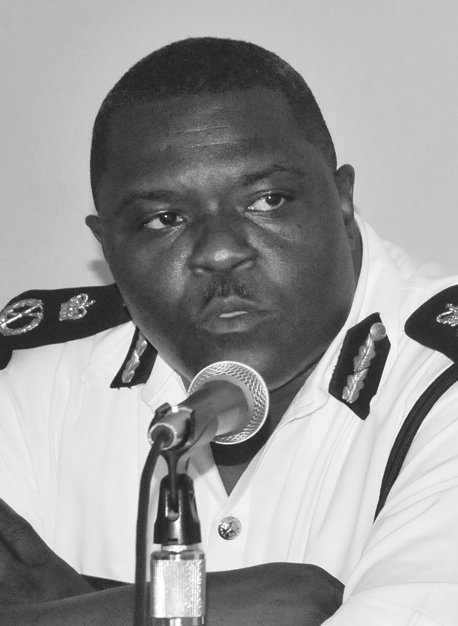Dear Nat and Colville,
I duly received my copy of your book “Anguilla’s Battle for Freedom 1967 -1969” and read it on my flight toAtlantaat the end of May to attend my grandson’s college graduation. You may recall that his mother and father were married in Anguilla; where did the time go?
I enjoyed reading the book very much. I do not think that there were any facts in it that I did not know when Mrs. Canty and I arrived inAnguillain 1989, or that were not made known to us in the first few months of our stay, but you have added the emotion of those times, so essential for a proper understanding of the events. I think you both made a good job of writing a well-balanced story.
Of course I, as an old Ministry of Defence man with a qualification in Defence Studies, think that the revolutionaries were incredibly lucky in the way things turned out. Had the affair not been, fortuitously, almost bloodless, then things might have been very different. In those days The Geneva Conventions on the conduct of Warfare took a very dim view of the actions of irregular forces. One man’s freedom fighter was another man’s terrorist. According to Article 4 of the third Geneva Convention of 1949, applicable at the time, irregular forces were only entitled to prisoner of war status provided that they were commanded by a person responsible for his subordinates, have a fixed distinctive sign recognizable at a distance, carry arms openly, and conduct their operations in accordance with the laws and customs of war. If they did not meet all of these, they could be considered francs-tireurs (in the original sense of “illegal combatant”) and punished as criminals in a military jurisdiction; which still had provision for summary execution. Luckily for the St. Kitts invasion force, (and for me too as things turned out), no one seems to have thought of that at the time, and Mitchell Harrigan, a fine seaman and navigator as your book recounts, lived to command the Maritime Section of RAPF and, later, the whole Force!
Looking back over my life, as I did when I wrote my own memoirs, I hope that my period of service in Anguilla reflected that I was conscious of the ambitions of the islanders and that I worked harmoniously with the members of Sir Emile Gumbs’ administration towards common goals. Together we made decisions on the Anguilla Flag, the Coat of Arms and Official Seal, the award of “Royal” to the Anguilla Police Force; the institution of a Medal of Honour and a Queen’s Certificate; all emotive issues. The Medal of Honour being particularly popular as it allowed the Government to acknowledge the efforts of the men and women who had engaged in the “Battlefor Freedom”. There were improvements to the Constitution and, belatedly in my opinion, to the island’s infrastructure; when a decision to end capital aid was justly rescinded.
On the lighter side of life, Mrs Canty and I were always happy to assist with projects for the young. It was a pleasure to be able to help the Anguilla Cadet Corps get their equipment, and to provide the Guides and the Scouts with camping facilities at Old Ta. Then, with the formation a Community and Police Marching Band, the Police Commissioner Elliot Richardson and I both achieved a long-held ambition. I see from a report, in the Anguilla Day edition of The Anguillian, that the band still thrives.
I have enjoyed reading The Anguillian newspaper on line; and commend you on its high standard of journalism.Colville’s article “The Seven Seals” was a masterpiece and well worth repeating from time to time lest we forget…
“Anguilla’sBattlefor Freedom” is a heritage handed down by the older generation to their young.Anguilla’s future is now for the current generation to decide, having benefitted from that freedom. Whatever path is chosen, I wishAnguillagood fortune.
With all good wishes,
Sincerely,
Brian Canty








